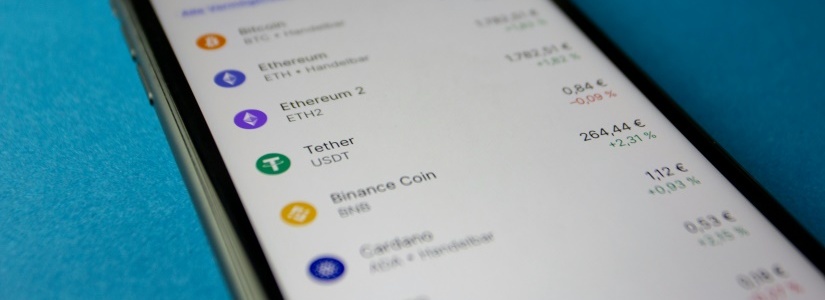TL;DR:
- Cantor obtained rights to 5% of Tether for $600 million.
- If Tether reaches $500 billion, that stake could be worth $25 billion.
- High exposure to regulatory uncertainty, reserves, and valuation in the crypto context.
Cantor Fitzgerald has acquired a strategic link with Tether through a convertible bond valued at approximately $600 million, which grants it a 5% stake in the USDT issuing firm. This move has caused quite a stir: a company with roots in traditional markets seems to be positioning itself at the forefront of the stablecoin universe, betting on a colossal valuation that, if realized, could multiply its return more than 40 times. Its strategy not only reveals faith in Tether but also displays audacity in the face of a still-unclear regulatory horizon.
Return scenarios, risks, and institutional tensions
By obtaining that 5% right, Cantor would be positioned to benefit if Tether manages to reach a valuation of $500 billion; under that assumption, its stake could be worth about $25 billion, a figure that many would consider speculative but plausible within the crypto language. In addition, Cantor already serves as custodian for a large portion of the Treasury bonds backing USDT, reinforcing its strategic role in the stablecoin’s reserve infrastructure. Other reports suggest that this relationship has allowed Cantor to manage assets with critical liquidity allocations and control of Tether’s fiat backing.

However, this design carries significant risks. Deeply linking with an entity operating under regulatory uncertainty implies political and legal exposure. Any controversy over the solvency of Tether’s reserves or its compliance with regulations could also hit Cantor. Likewise, projecting a future valuation of half a trillion dollars in the volatile crypto asset environment requires assuming extreme scenarios.
The bet raises an intriguing tension: is this investment a visionary move toward convergence between traditional finance and crypto, or a bold leap with room for slippage? If successful, it could redefine how large firms establish positions in digital monetary infrastructure. If unsuccessful, the exposure could take a toll on both the reputation and the financial structure it seeks to transform.










